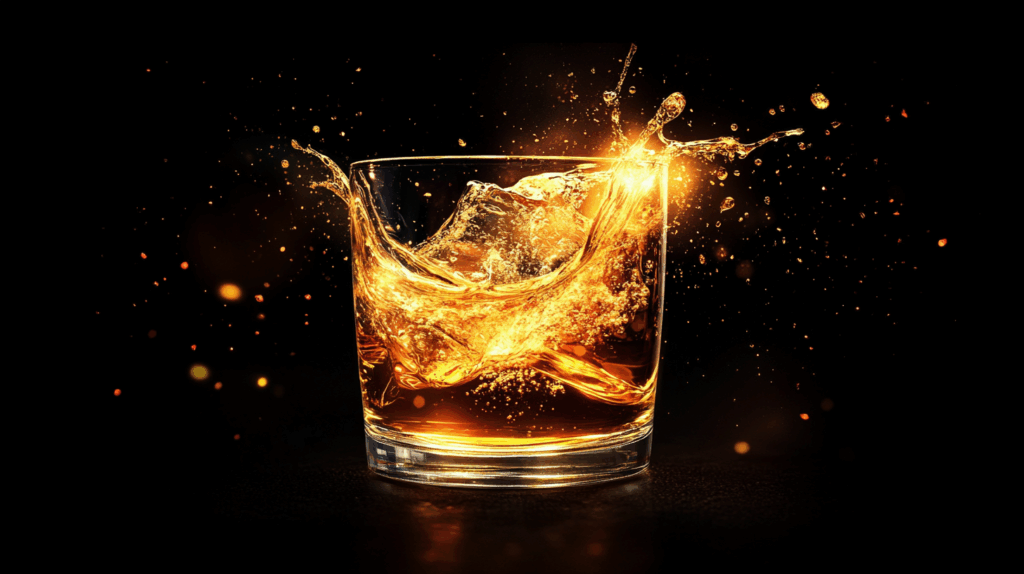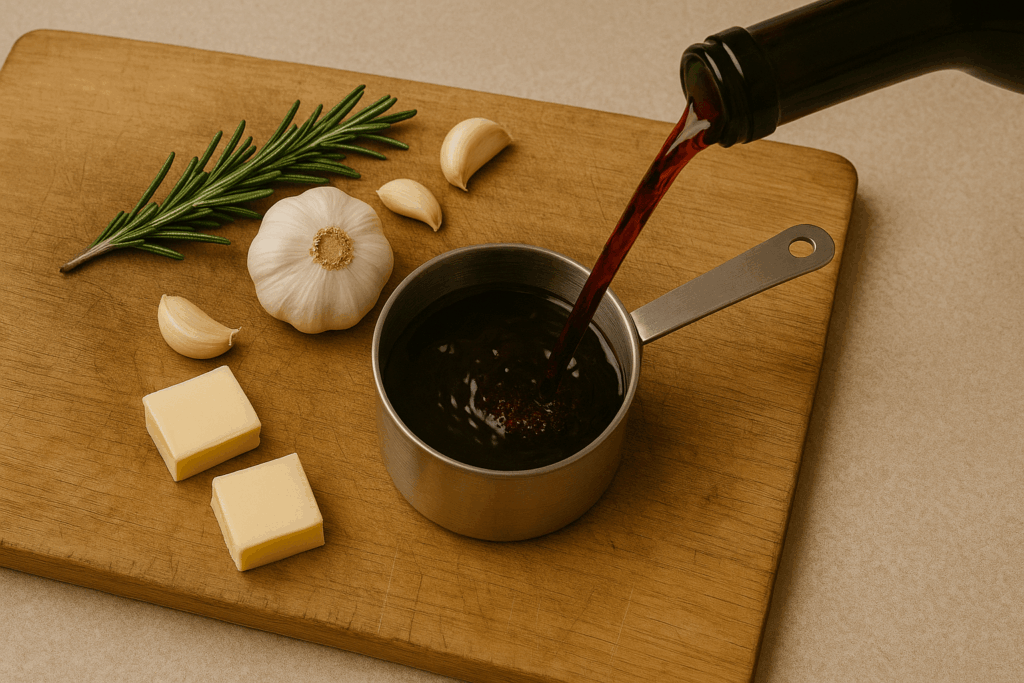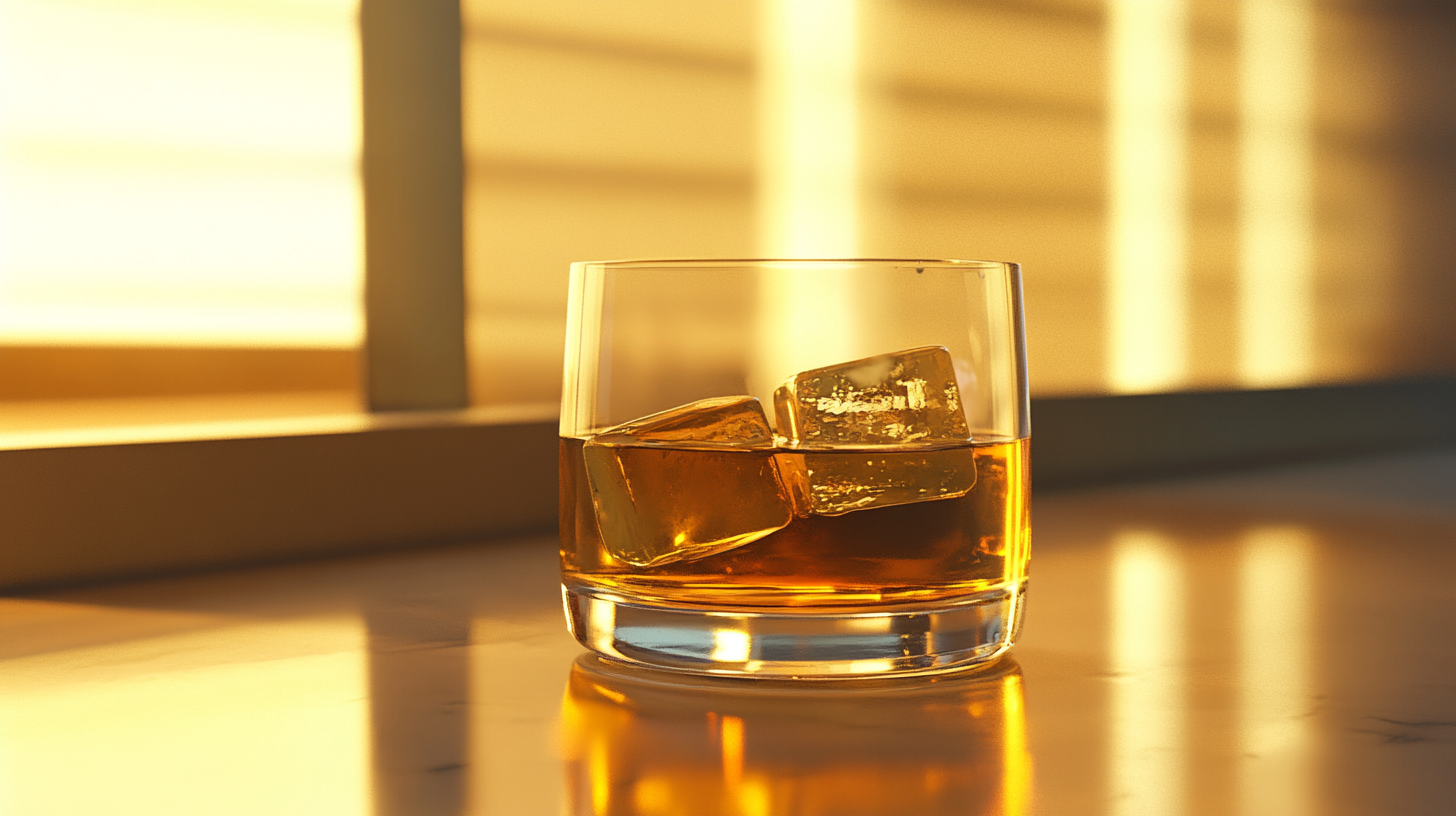
Whiskey is more than just a drink; it’s a celebration of heritage, craftsmanship, and tradition. Among the many types of whiskey available, single malt whiskey stands out as one of the most revered and iconic. Known for its depth of flavor, meticulous production process, and regional variety, single malt whiskey has become a symbol of sophistication and quality.
But what exactly defines a single malt whiskey? Why do connoisseurs and casual drinkers alike prize it so highly? To understand its appeal, it’s essential to explore how it’s made, what sets it apart from other whiskeys, and how best to enjoy it. Whether you’re new to the world of whiskey or looking to deepen your knowledge, this guide will take you through the essentials of single malt whiskey, from its origins to its optimal tasting practices.
What is single malt whiskey
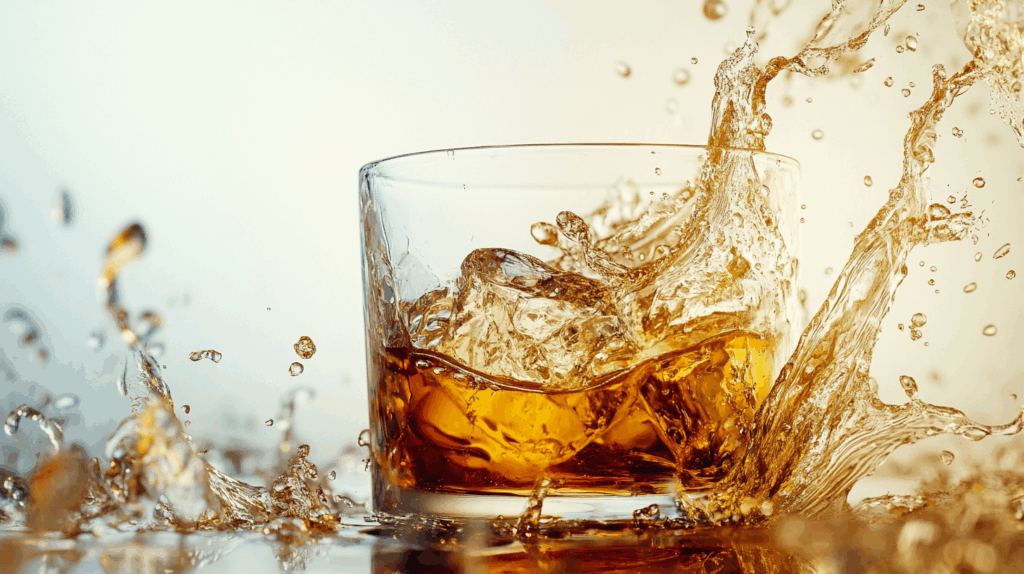
Single malt whiskey is a type of whiskey produced at a single distillery, using only malted barley as the grain ingredient. The “single” in the name refers to the fact that it is made at one distillery, while “malt” signifies that the whiskey is made from malted barley rather than other grains.
This type of whiskey is often associated with Scotland, though it is also made in countries like Ireland, Japan, and the United States.
Key characteristics of single malt whiskey
Single malt whiskey is defined by several distinctive features that set it apart from other styles:
- Single distillery: Every drop of whiskey comes from one distillery, ensuring consistency and a true expression of the distillery’s character.
- Malted barley: Made exclusively from malted barley, which lends a rich, nuanced flavor profile not found in whiskeys made with other grains.
- Copper pot stills: Distillation takes place in traditional copper pot stills, which contribute to the whiskey’s purity and enhance its flavor complexity.
- Aging process: Legally required to be aged for a minimum of three years in oak barrels, though many single malts are aged longer to develop deeper, more sophisticated flavors.
These core characteristics contribute to the depth, variety, and artisanal quality that single malt enthusiasts seek.
How is it made
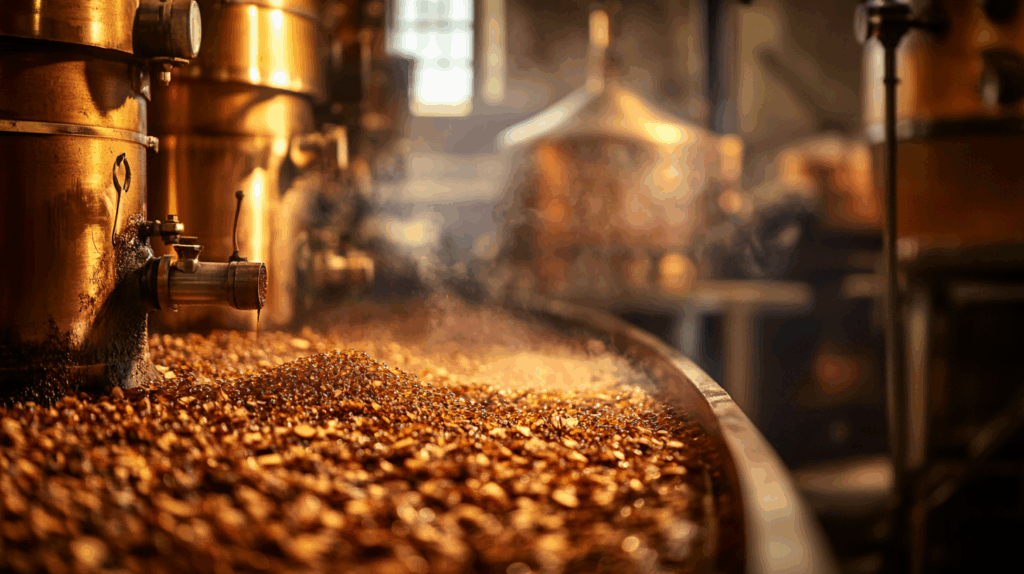
Crafting single malt whiskey is a time-honored process that blends tradition with precision. Here are the key stages involved:
- Malting: Barley is soaked in water and allowed to germinate, triggering the conversion of starches into fermentable sugars. The sprouted barley, or “green malt,” is dried—often over peat fires in Scotland—which can infuse the grain with smoky aromas.
- Mashing: The dried malt is milled into a coarse flour called “grist” and mixed with hot water to extract sugars, resulting in a sweet liquid known as “wort.”
- Fermentation: Yeast is introduced to the wort, converting the sugars into alcohol and creating a liquid called “wash” with a low alcohol content similar to beer.
- Distillation: The wash undergoes distillation—usually twice in traditional copper pot stills—to purify and concentrate the alcohol, enhancing both strength and flavor.
- Maturation: The distilled spirit is transferred into oak barrels, where it ages for at least three years. Many single malts are aged much longer, developing greater complexity, richness, and character over time.
- Bottling: After maturation, the whiskey may be diluted to the desired alcohol strength before being bottled, ready to be enjoyed by whiskey lovers worldwide.
Each of these stages is carefully controlled to ensure the final product retains the unique characteristics and high quality that single malt whiskey is known for.
Single malt vs blended whiskey
- Single malt: Crafted at one distillery exclusively from malted barley, single malts showcase the unique character and traditional methods of their place of origin. Each bottle represents the individuality of a single distillery.
- Blended whiskey: A combination of whiskeys from different distilleries, often blending single malts with grain whiskeys. The goal is to create a consistent and approachable flavor profile.
While blended whiskeys are generally smoother and designed for broader appeal, single malts tend to offer more complex, diverse, and distinctive flavor profiles, appealing to those seeking a deeper whiskey experience.
Popular single malt whiskey regions

Single malt whiskey is produced around the world, and each region imparts its own unique character, traditions, and flavors to the spirit. From the smoky malts of Islay to the precise craftsmanship of Japanese distilleries, these regional differences offer whiskey lovers a rich and diverse tasting journey.
Scotland
The most famous region for single malt, with key areas like:
- Islay: Known for heavily peated, smoky whiskies with maritime influences.
- Speyside: Home to a high concentration of distilleries, offering fruity and elegant whiskies.
- Highlands: Produces a diverse range, from peated to light and floral expressions.
- Lowlands: Typically lighter and more delicate whiskies.
- Campbeltown: Once the whiskey capital of the world, now known for rich, complex malts.
Ireland
Ireland’s single malts are usually triple-distilled, resulting in a smoother spirit with floral and fruity notes. Distilleries like Bushmills and Teeling are renowned for their craftsmanship.
Japan
Japanese single malts emphasize balance, precision, and purity. Regions like Yamazaki and Yoichi are famous for producing refined, intricate whiskies often influenced by Scottish tradition but with a uniquely Japanese twist.
United States
While traditionally known for bourbon, the U.S. is home to an emerging single malt scene. Distilleries in states like Washington and Texas are producing American single malts with bold and innovative profiles.
India
India, particularly with brands like Amrut and Paul John, is making waves in the single malt world. The warmer climate speeds up aging, resulting in bold and rich flavors.
How to drink single malt whiskey

Enjoying single malt whiskey is a personal experience, but there are a few common practices that can enhance the tasting experience:
- Neat: Drinking single malt neat—without ice or mixers—is the most traditional way to appreciate its complex flavors and aromas.
- With a splash of water: Adding a few drops of water can open up the whiskey, releasing more nuanced aromas and softening the alcohol’s intensity without diluting the taste too much.
- On the rocks: Some prefer their whiskey chilled with a few ice cubes, though this can slightly mute the flavors. Larger ice cubes are recommended as they melt more slowly, preserving the whiskey’s character.
- In a whiskey glass: A tulip-shaped glass, like a Glencairn or a Copita, is ideal for concentrating the aromas and enhancing the tasting experience.
- Sip and savor: Take small sips and let the whiskey linger on your palate. Observe the evolving flavors as the whiskey interacts with your taste buds.
- Experiment with temperature: Some aficionados suggest slightly warming the glass with your hand to release more aromas, offering a different sensory experience.
- Avoid strong foods and scents: To truly appreciate the whiskey’s aroma and flavor, avoid tasting it alongside strong foods or in environments with overpowering scents.
FAQs
Does single malt mean single barrel?
No, single malt refers to a single distillery, not a single barrel. A single malt whiskey can be a combination of different barrels from the same distillery.
Is single malt better than blended whiskey?
Not necessarily. It depends on personal taste. Single malts offer distinct, complex flavors, while blends are smoother and more consistent.
Can single malt whiskey be made outside of Scotland?
Yes, countries like Japan, the United States, and Ireland also produce excellent single malt whiskeys.
Why is single malt whiskey more expensive?
Single malt production is more labor-intensive and aged longer, resulting in higher costs.
Conclusion
Single malt whiskey represents a tradition of craftsmanship, complexity, and regional character. Whether you’re a seasoned enthusiast or a curious newcomer, exploring single malts can offer a rewarding journey through some of the finest spirits the world has to offer.


